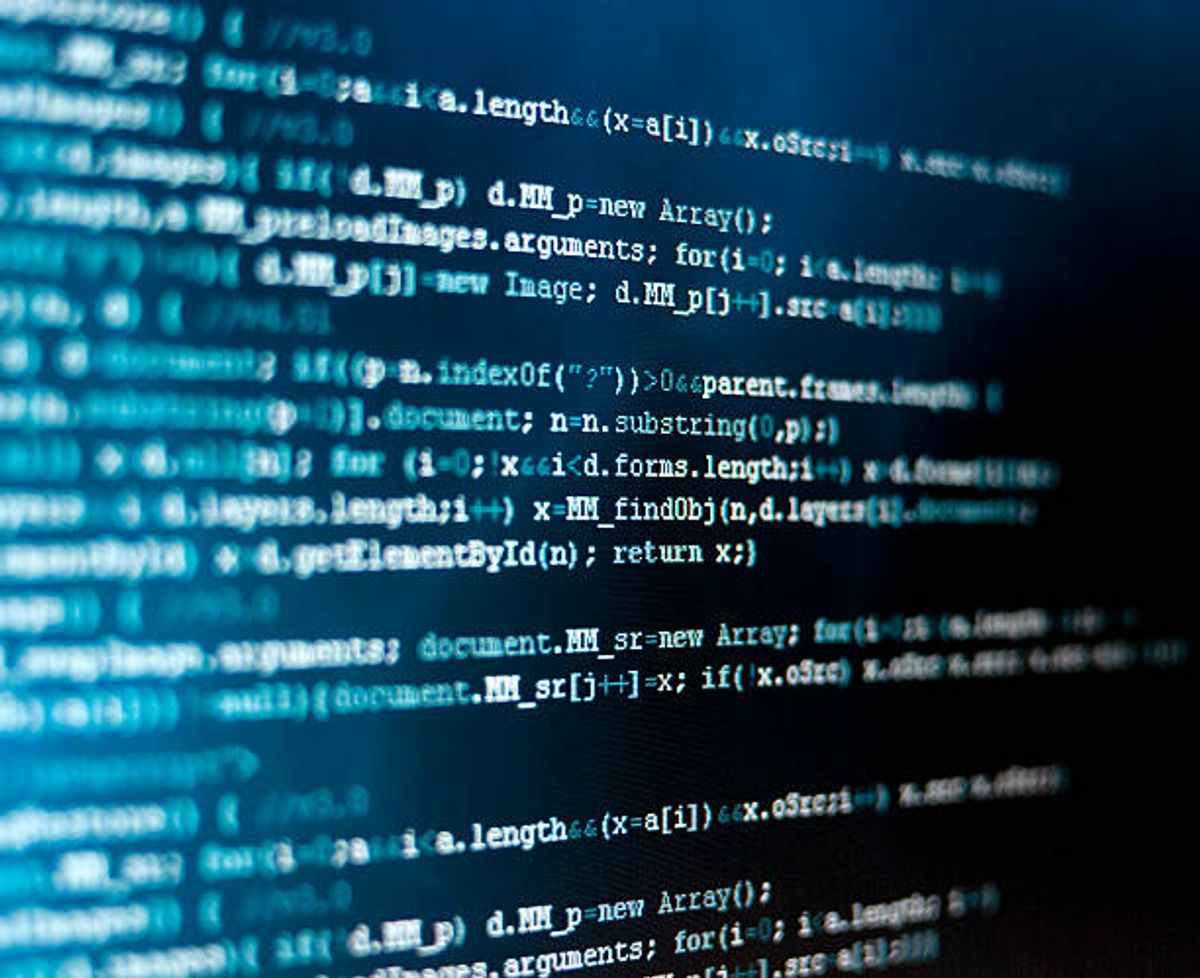The Components of Learning
The components of learning describe what students experience when they participate in high-quality learning experiences. They are clarified by observable features that teachers can identify as evidence of student learning.
Learning is a relatively permanent change in knowledge or behavior that results from experience or practice. It includes cognitive processes like attention, memory, language, processing and organizing, graphomotor skills, and higher-order thinking.
1. Motivation
Motivation is a driving force that drives people to take action and pursue goals. It can be a powerful force that leads to success, but it can also derail if not appropriately managed. Motivation can be found in the form of a desire to achieve, a sense of control, and an ability to overcome obstacles. While some individuals are naturally more motivated than others, anyone can learn to become more motivated by developing a positive outlook, setting clear goals and objectives, and spending energy during the learning process.
Several studies have shown that learners are more likely to engage in self-directed learning when the activities they undertake are intrinsically rewarding. The key to this type of motivation lies in tapping into a student’s interests and encouraging them to view the subject matter in a positive light. Students who are interested in their learning tend to demonstrate more goal-orientated behaviors and are less averse to distractions than those who are not.
However, many traditional learning environments stifle this natural tendency to seek out knowledge. The rote learning and grading systems employed by many schools can undermine a student’s innate desire to learn and discourage them from taking risks or engaging with challenging subjects.
In order to foster this type of motivation, educators should ensure that the activities they engage their students in are at an appropriate level of difficulty. Tasks that are too difficult can cause frustration and feelings of helplessness, while tasks that are too easy will lead to boredom. This is known as the ‘Goldilocks’ effect, and it is one of the most critical factors in fostering a positive learning mindset.
There are various ways in which this can be done, including providing plenty of feedback, offering just difficult enough tasks, and ensuring that students are provided with opportunities to experience early success. Alternatively, instructors can also try to tap into students’ interests by introducing the subject matter in a relevant context or by providing students with opportunities to explore anomalies and curiosities that they find interesting.
2. Learning Environment
A learning environment refers to the culture, context, and physical location in which education and work take place. It encompasses a wide range of different settings, including schools and universities, and can include outdoor areas as well as virtual environments. In addition to the physical aspects of a learning environment, it also has a variety of other factors that influence students, such as their beliefs and attitudes toward knowledge and learning.
Creating a positive learning environment is essential for keeping students engaged and motivated to learn. This means building a welcoming atmosphere that is inclusive of all students and providing them with the resources they need to succeed. It is also essential to provide them with choices when it comes to their learning, such as giving them the opportunity to access material through multiple channels or allowing them to collaborate on assignments.
A positive learning environment can also be created through the use of routines and incentives. For example, if students set aside time for studying and stick to it, their brains will recognize this as time for study and work, which will encourage them to remain focused and productive. It is also a good idea to reward students for their efforts, as this will give them a sense of achievement and motivation.
When students feel like they are supported and valued by their instructor, it can make a significant difference to their learning environment. This can be done by encouraging student participation, providing feedback, and establishing positive relationships with students. It is also essential for instructors to have a variety of strategies for handling disruptive behavior, as this will help to keep the learning environment positive and conducive to learning.
The learning environment is a complex and dynamic concept that can vary between individuals. For this reason, it is essential for teachers and students to continually reflect on their learning environment and identify which components are working and which ones need improvement. A good starting point is to consider what aspects of the learning environment are in their control, as this will allow them to focus on the changes they can make and be successful.
3. Stimuli
A stimulus is something that elicits a response in an organism. The term is most commonly used in the context of learning, and it refers to anything that prompts a learner to act or respond in some way. For example, a student might decide to study harder after failing a test, and the resultant increase in effort is considered a stimulus. In a more general sense, the term can also be applied to any external event or environment that causes an organism to react in a particular way.
The concept of stimuli is closely linked to the learning theory known as behaviorism, which posits that learning occurs as a result of the formation of associations between external events (stimuli) and observable behaviors (responses). Behaviorists such as Ivan Pavlov and John B Watson are credited with popularizing this idea. Newer learning theories, such as cognitivism, are increasingly taking into account the roles of emotion, social interaction, and prior knowledge in the learning process.
Stimuli can be either conditioned or unconditioned. In classical conditioning, a neutral stimulus is associated with a trigger that naturally produces a behavior (the unconditioned response, or UR). Over time, the CR becomes evoked by the CS alone and eventually disappears as the association is broken (extinction). This type of learning is considered to be automatic. A similar phenomenon is called generalization, in which a response elicited by an unconditioned stimulus begins to be produced by a new catalyst that is not identical to the original CS.
Other types of learning involve changes in the sensitivity or efficiency of an organism’s sensory systems. For example, it is common for animals to become more sensitive to specific stimuli over time. This is called sensory adaptation. It is also possible for organisms to become less sensitive to a particular stimulation over time, in which case the process is called habituation.
The final component of the learning process is reflection. Reflection is the ability to take time to examine and analyze one’s own experiences, both during and after an incident. It is a critical part of the learning process because it provides the opportunity for a learner to discover connections and develop insights that can help them in future experiences.
4. Reflection
Reflection is a critical component of the learning process that helps individuals review their experiences, thoughts, and actions in order to derive new meaning. It can help individuals identify their strengths and weaknesses, as well as their areas for improvement in a subject. Additionally, it can also assist individuals in developing critical thinking skills and improving their overall performance levels.
Students can engage in reflection through a variety of methods, such as writing, group discussion, or even journaling. Depending on the course, instructors can provide students with prompts or questions that are relevant to their learning outcomes. By providing students with the opportunity to reflect on their experiences, instructors can encourage them to become more active learners and develop a deeper understanding of their subject material.
One example of an effective reflective learning activity is a “one-page paper” where students answer guided prompts to sketch their experiences during a project, assignment, or semester. By engaging in this activity regularly, students can practice their reflection skills and eventually learn to write about their learning more fluidly without hesitancy.
Other ways to promote reflection in the classroom include establishing regular times for reflective writing or incorporating it into weekly or monthly goals (e.g., writing about their work each week). This can help students feel like they are part of a community of students who are practicing these skills and sharing them with others. This can be a great way to motivate students and help them build their confidence in the classroom.
In addition, instructors can use a model of reflection such as the one outlined by Bain et al. (2002) or David Kolb’s experiential learning process to guide their students in reflecting on their experience. These models encourage students to think about their experiences in multiple domains, including forming an opinion or emotional response, relating the incident to their studies and prior knowledge, identifying alternative approaches, and analyzing the outcome of the event/activity.
The benefits of reflection in the classroom can be vast, and instructors must take advantage of this method of instruction to help their students succeed. Incorporating reflective learning into a class can enhance student motivation, improve their problem-solving abilities, and stimulate cognitive thinking.




